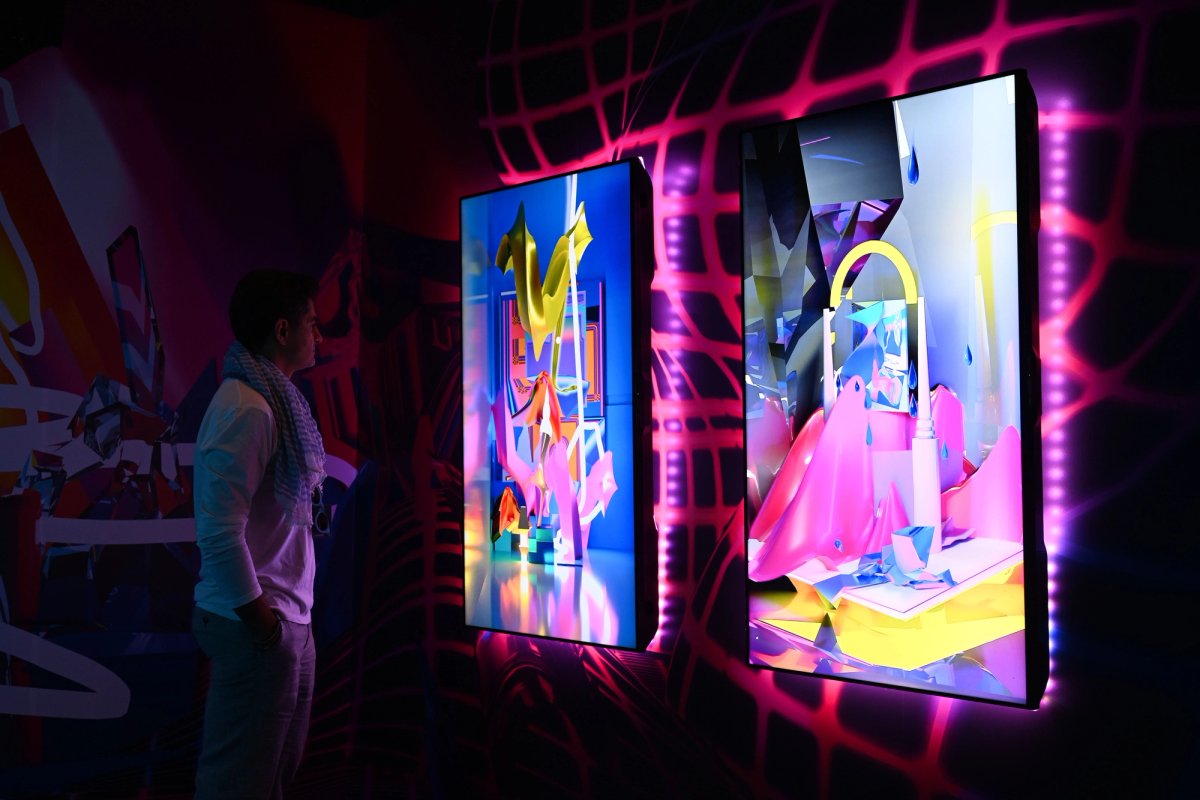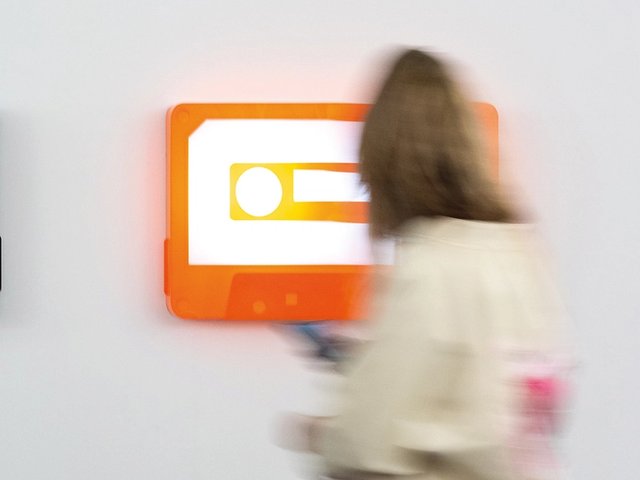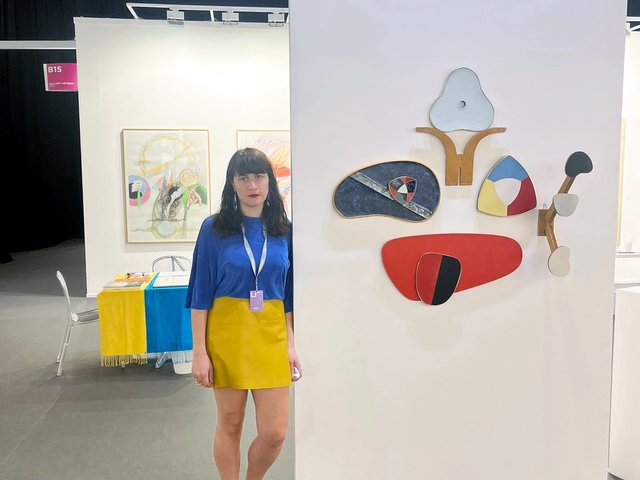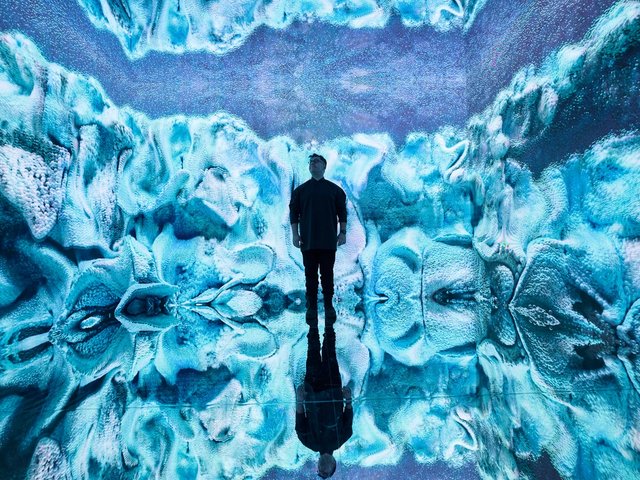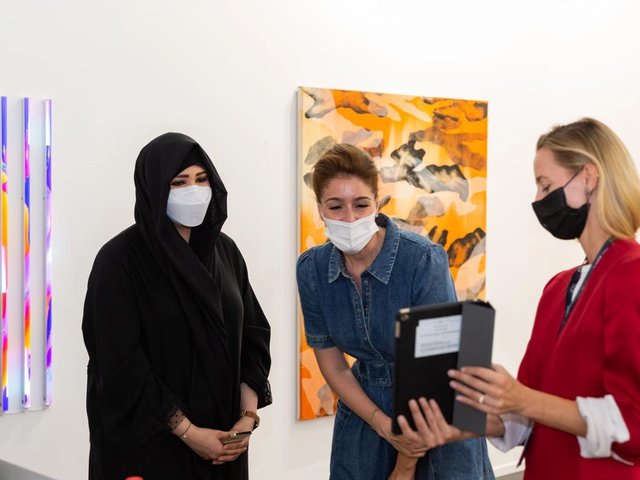A heaving crowd of well-heeled fairgoers filled the halls of the luxury Madinat Jumeirah hotel for the first preview day of Art Dubai on Tuesday (until 13 March). The 15th edition of the fair is also its first going back to “business as usual” since 2019.
"This edition is one of the most vibrant I have witnessed,” says the dealer Leila Heller, who has been coming to Art Dubai since its inception. Her eponymous gallery is showing in the contemporary and Modern sections.
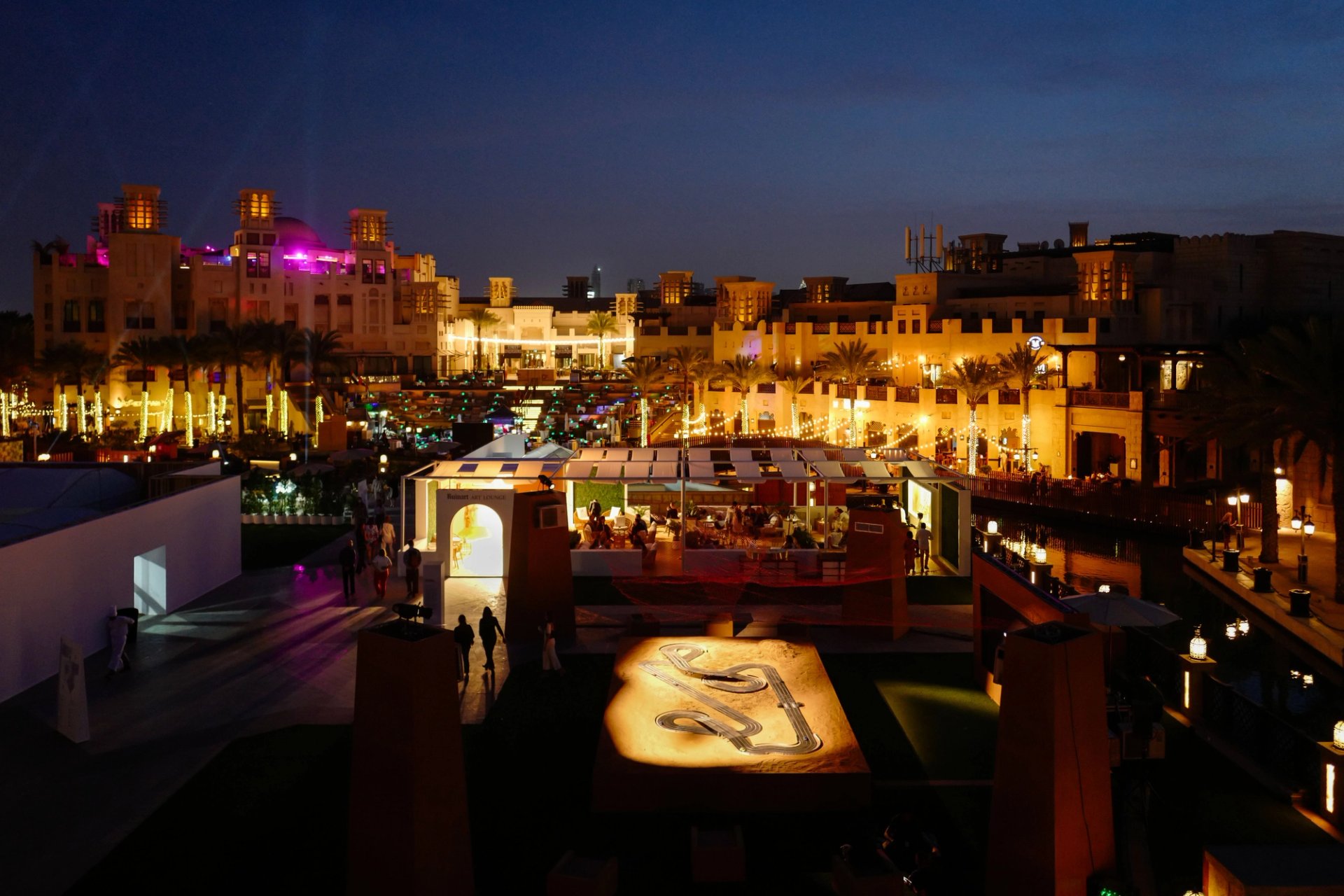
Art Dubai has returned to the five-star Madinat Jumeirah resort this year Photo: Cedric Ribeiro/Getty Images for Art Dubai
Art Dubai, which is partly supported by the state, is not known as a particularly sales-heavy fair, with the focus more skewed towards building networks, promoting underrepresented galleries (particularly from the Global South) and delivering educational programmes.
The institutional presence is particularly strong this year, with 25 invited museums and more than 100 in attendance. Art Dubai'’s support can also be seen in the new pricing system for booths—one of the remnants of the fair’s Covid-19 measures—where galleries that are under five years old can pay 50% of sales rather than full cost. This is likely an important incentive this year where more than 30 galleries are first-time exhibitors and several have never shown at a fair. This is also the largest edition of Art Dubai to date, with 100 exhibitors from 44 countries.
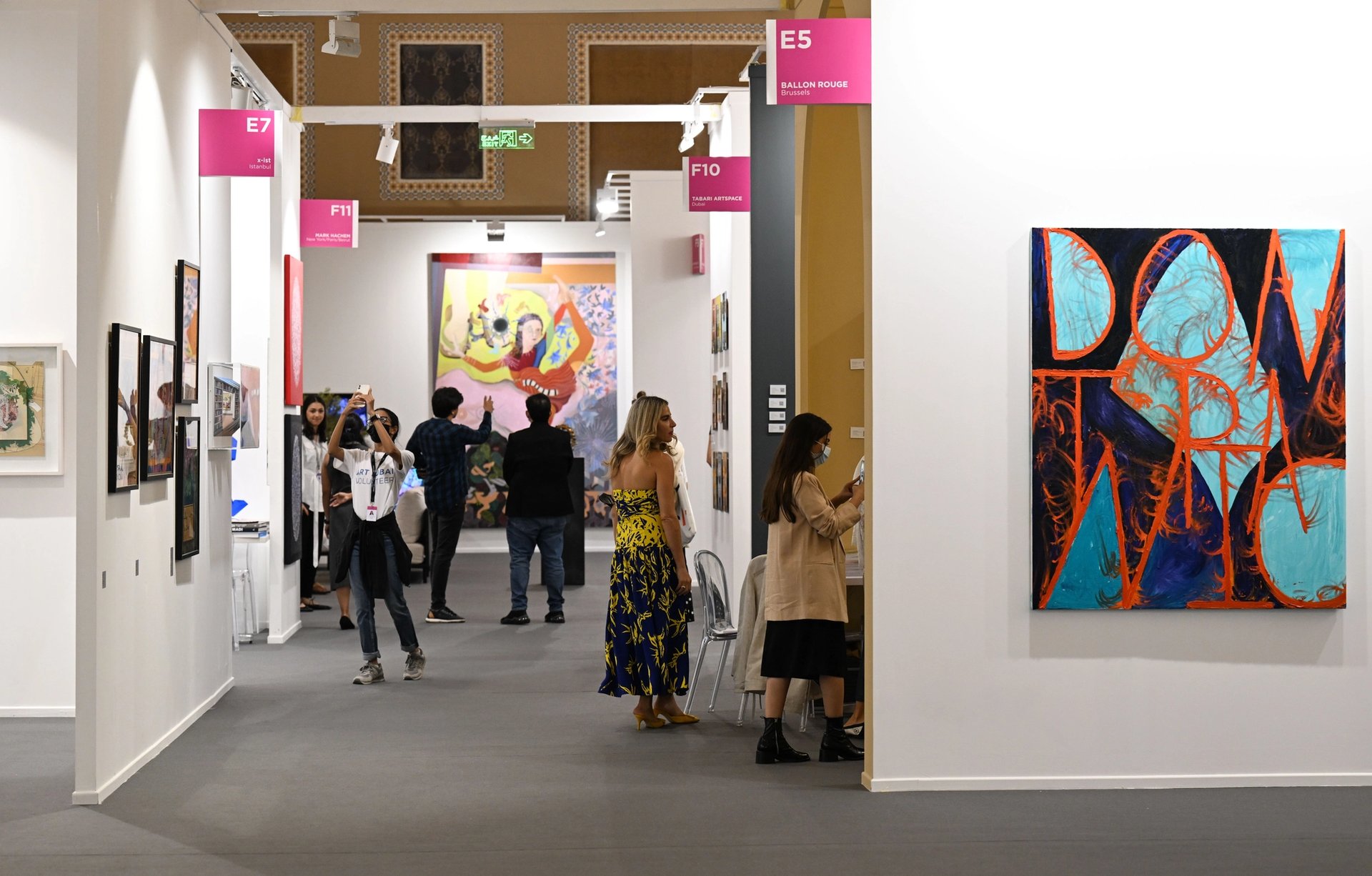
Nonetheless, a flurry of sales were reported on the two preview days across the multiple fair sections. Dubai-based Lawrie Shabibi sold works totalling $180,000, including a painting by Mohammed Ahmed Ibrahim that went to a private collector and a marble inlay work by Hamra Abbas that was placed with a regional institution. The Stockholm- and Paris-based gallery Andrehn-Schiptjenko, one of the first-time exhibitors at Art Dubai with works priced between $30,000-$40,000—sold a wall-based sculptural piece by Martin Soto Climent to a Dubai-based corporate collection. Gallery 1957, which has spaces in Accra and London, sold six works by the Nigerian artist Modupeola Fadugba (priced between $35,000-52,000) on the first preview day, all to Dubai-based private collectors.
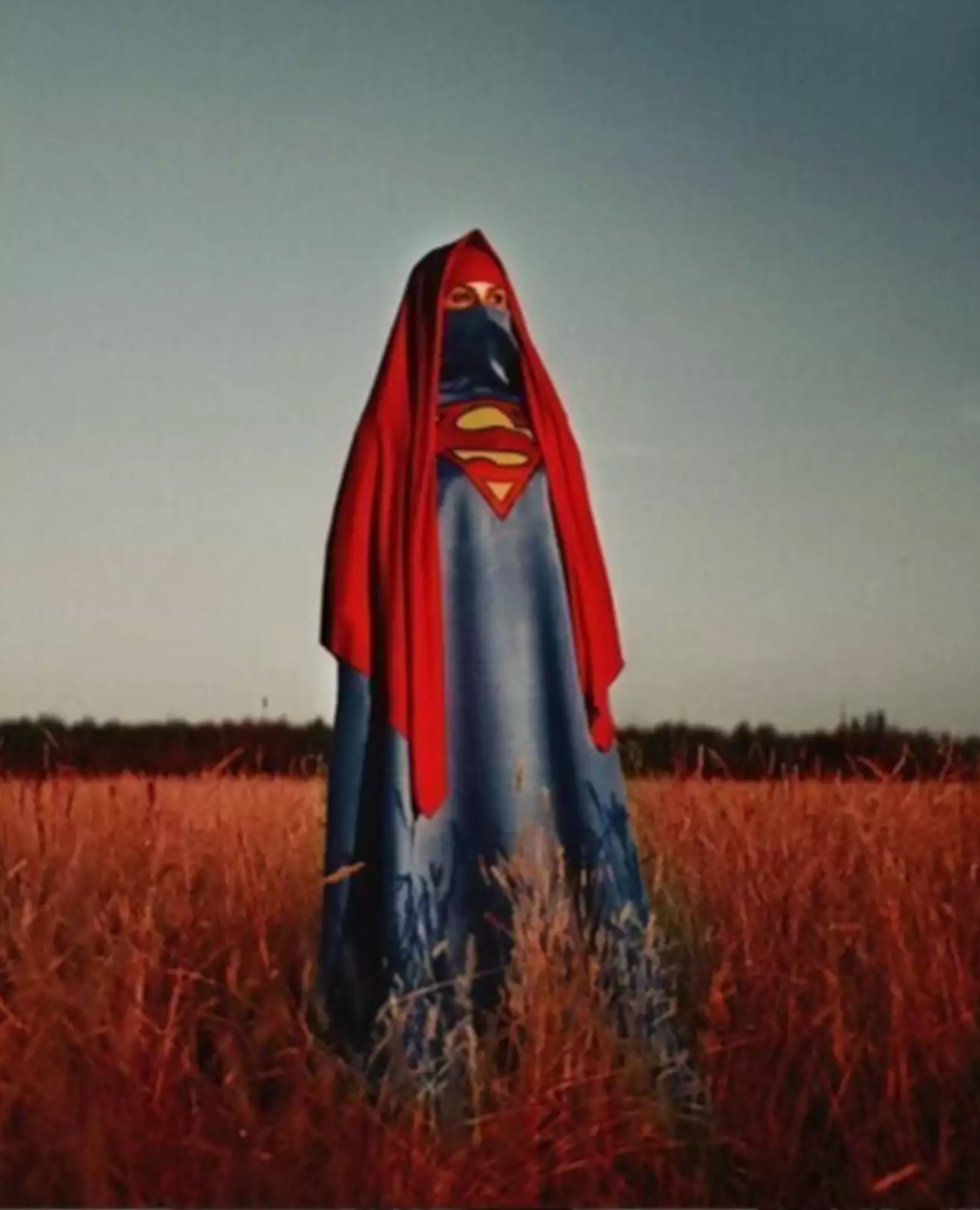
Mous Lamrabat's Call your mom or another relative (2022) sold at Loft Art Gallery for $7,100 © Loft Art Gallery
One of the best booths in the contemporary section is Loft Art Gallery, based in Casablanca, where the striking, large-scale photograph Call your mom or another relative (2022) by the Moroccan photographer Mous Lamrabat depicting a woman dressed in a Superman-style Islamic dress, was bought for $7,100. The gallery also sold a mixed media and embroidery work by Marion Boehm titled Nadira (2022) for $32,000 and an untitled (2013) Mohamed Melehi work for around $90,000.
Strong sales were also reported at the Kolkata gallery Experimenter, which placed more than 15 works (between $2,700 to $75,000) with a mixture of private individuals and regional and international institutions. The sales were no doubt bolstered by current and upcoming exhibitions: works sold include those by Radhika Khimji, who is representing Oman at the Venice Biennale this year, and Samson Young, who has a show at Jameel Arts Centre.

Maitha Abdalla's Story Telling Animals (2022) sold for $12,000 with Tabari Art Space Image courtesy of the artist and gallery
Dubai's Tabari Art Space is showing large-scale works by the Emirati artist Maitha Abdalla and smaller-scale paintings by the Palestinian artist Hazem Harb. It sold four works between $3,000-$12,000, including Abdalla's Story Telling Animals (2022) and Forest #2 (2022), on the first preview day. One $35,000 work was on reserve. "We found that visitors were keen to engage on a deeper level, they weren't rushing through like they might have been in previous years," says Laura Beaney, the gallery's director of communications.
In Bawwaba, a curated section that shows works made in the past year or specifically for the fair, the Lisbon gallery Madragoa sold three of its hammered bronze pieces by the Mexican artist Rodrigo Hernandez (priced up to €18,000) to European and local collectors. In the Modern section, the Beirut- and Hamburg-based Sfeir-Semler gallery “initiated a conversation towards a major museum acquisition” says the director Lea Chikhani.
Let’s get phygital
All eyes were of course on Art Dubai’s new digital section, which is in a separate building to the rest of the fair, signposted by huge fluorescent green banners. Descending the escalators to this area is like walking into a teenage boy's bedroom: dark walls, neon lights, stale air and an unending number of screens in all directions. There is even a smoke machine at the entrance. “We wanted it to really feel like entering another world,” Art Dubai’s executive director Benedetta Ghione tells The Art Newspaper.

Art Dubai’s artistic director Pablo del Val insisted in the fair’s press conference that the new digital section is “not a section about NFTs” but they are on almost every booth Photo: Cedric Ribeiro/Getty Images for Art Dubai
The section aims to “examine the context out of which NFTs, cryptocurrency, video art and virtual reality (VR) have grown since the rise of digital art in the 1980s, including those who are leading the way in the rapidly expanding digital arts space”, a statement says. Seventeen galleries and platforms are presenting works in this section with both traditional galleries and digitally native platforms taking part. Art Dubai’s artistic director Pablo del Val insisted in the fair’s press conference that “it’s not a section about NFTs”, even though they are on almost every booth. The emphasis was clearly on the “phygital”, however—the combination of physical and digital works on each booth in one way or another.
The lead partner for the section is the cryptocurrency trading platform Bybit, which is also sponsoring a series of talks aimed at demystifying the burgeoning digital art scene. Most of the exhibitors have a hand-holding sales plan, from QR codes that take you directly to the online sales platform to in-person advice about buying cryptocurrency (most of the spaces accept Ether for the works) and setting up a wallet to store your purchases.
There were first-time jitters around the section, which is full of first-time exhibitors. “There were some nerves that everything will run smoothly in the digital section which to our relief it has,” says India Price of Gazelli Art House/GAZELL.iO. “All of the exhibitors are presenting really strong works. In many booths, there is a lot of reference to the region which is great.”

For Bright Moments DAO spreading the word of their “Crypto Citizens” initiative is more important to them than selling work Photo: Aimee Dawson
But, generally, this section doesn't seem particularly sales-driven either. Bright Moments, for example, is a DAO (decentralised autonomous organisation, a type of community-led entity with no central authority) and the organisers talked about how spreading the word of their “Crypto Citizens” initiative was more important to them than selling any work. It is also much harder to track these digital sales at the fair as most of the works are simultaneously available online, so without looming over visitors it is difficult to say if someone made the purchase in the booth or elsewhere.
Regardless, business was still conducted. At the end of the first preview day, GAZELL.iO had sold £15,000 of NFTs by the artist Orkhan Mammadov. His work Singularity in Heritage, part of the Revival of Aesthetics series, uses an artificial intelligence algorithm to collect Middle Eastern carpet designs to produce generative “imaginary” patterns. Horizons (SO-FAR x AORA) did the first drop of eight NFTs by the artist Lawrence Lek as well as selling 111 editions, priced at $1,111 each. The online gallery reported selling “hundreds” on the first VIP day. The Istanbul gallery Pilevneli sold two works by Refik Anadol, priced at $85,000 each, and have three more on reserve. And the biggest reported sale of the fair also came from the digital section: London’s Institut.co sold Tyler Hobbs’s NFT work AOI to a private collector for 88ETH (around $230,000).
Distant war in Europe
While most Europeans have spent the last weeks in a state of anxiety watching the news around Russia’s invasion of Ukraine, the whole crisis feels a million miles away from the chandeliered halls of Art Dubai.
“We absolutely love being back in Dubai, the atmosphere and energy gives you a gap from thinking of all else that’s going on in the world,” says Kristin Hjellegjerde, the founder and head curator of the eponymous gallery with branches in London, Berlin, Schoss Goerne (Germany) and Nevlunghavn (Norway).

Natia Bukia, a co-founder of Gallery Artbeat, based in Tbilisi, Georgia, covered the booth table in a Ukrainian flag and wore Ukrainian colours for the VIP preview of Art Dubai Courtesy of Gallery Artbeat
But the conflict was felt nonetheless. Gallery Artbeat, based in Tbilisi, Georgia, covered its booth table in a Ukrainian flag and the Georgian co-founder Natia Bukia also wore a matching blue and yellow outfit in solidarity with Ukraine. And an installation of works by the Russian artist Marina Fedorova, supported by the art incubator Sputnik Partners, caused offence for its Matryoshka doll sculpture adorned with the Soviet hammer and sickle symbol. And ultimately Art Dubai responded by making their own pledge to Ukraine: "The fair firmly supports the right for its participants to express their support for Ukraine and for our own part we will be donating 25% of all ticket sales this year to help the plight of Ukrainian refugees."
• Listen to this episode of The Week in Art podcast for more about Art Dubai's digital section


